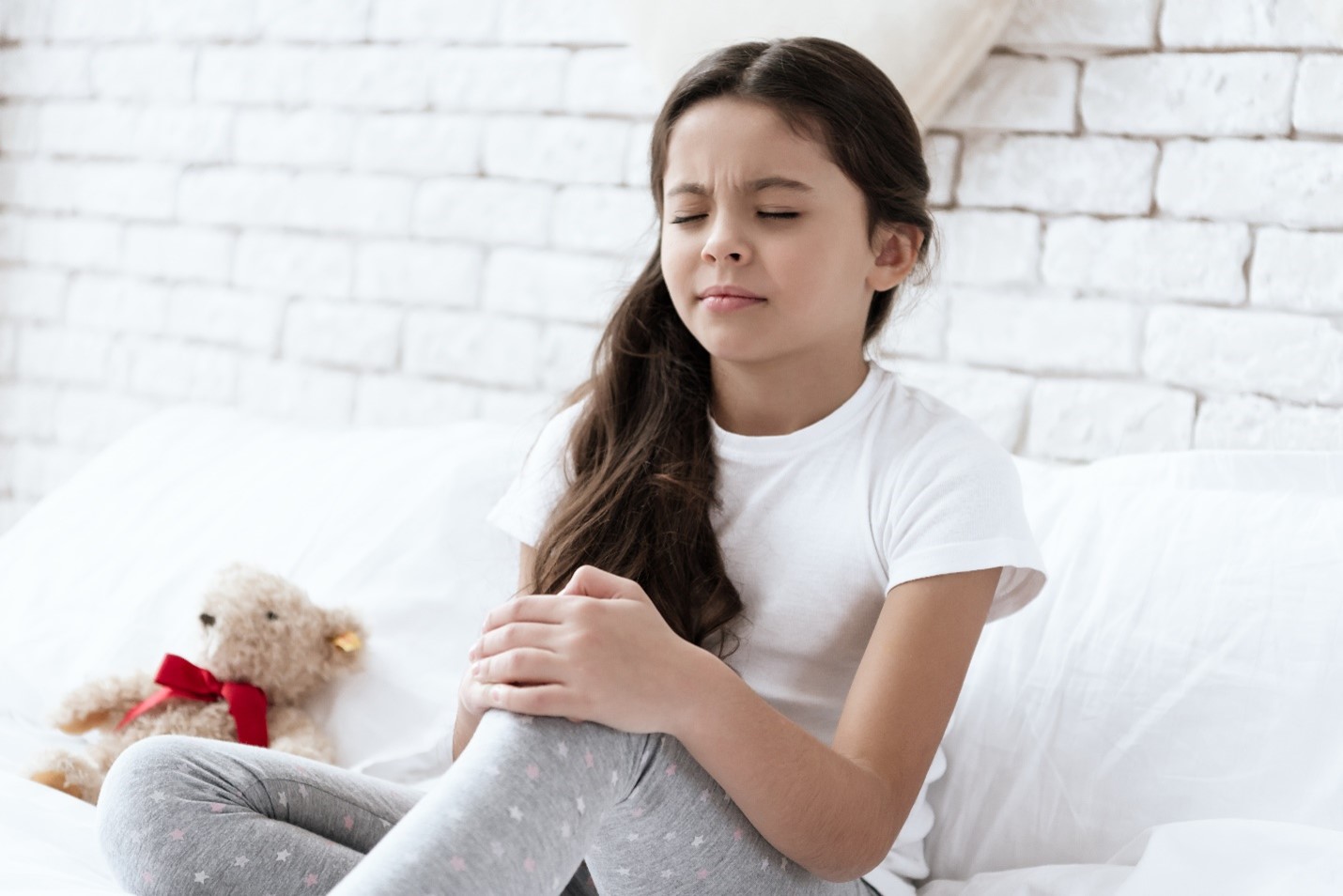
Question and Answer: Juvenile Idiopathic Arthritis
Some of us might associate arthritis with getting older. But the condition that causes pain and stiffness can also affect children. When arthritis occurs in kids, it is referred to as juvenile idiopathic arthritis (JIA), formerly known as juvenile rheumatoid arthritis.
Doctors known as pediatric rheumatologists specialize in diagnosing and treating arthritis and other related conditions in children. An estimated 300,000 children and teens in the U.S. are living with a diagnosis of JIA, according to the Arthritis Foundation. Marla Guzman, MD, a pediatric rheumatologist at Summit Health, answers many of the common questions that parents and kids have about the condition.
What exactly is JIA?
JIA refers to a group of disorders that causes chronic inflammation to develop in joints like the knees, hips, ankles, and fingers. Inflammation can cause symptoms like pain, swelling, and stiffness. The condition, which can cause both physical and emotional stress, can severely impact a child’s quality of life.
Does the condition ever go away?
JIA begins before age 16 and can affect children of all races and ethnic backgrounds. While JIA is a lifelong condition, symptoms may come and go over time. Treatments can reduce pain, improve mobility, and prevent long-term damage.
“Yes, juvenile arthritis is a chronic condition, but it doesn’t define who the child is,” says Dr. Guzman. “Once they get their arthritis under control, see their doctor, and keep taking their meds, many kids aren’t even thinking about the fact that they have arthritis anymore.”
Why does JIA occur?
JIA is an inflammatory disorder, meaning the immune system triggers inflammation in the joints. The exact cause for why this happens, however, is unknown or “idiopathic.”
What types of symptoms should I look out for?
JIA varies by type. But Dr. Guzman says they all share similar symptoms like joint pain, swelling, or stiffness that’s worse in the morning or after a nap. JIA can affect any joint.
Other JIA symptoms may include:
- Joint warmth or tenderness
- Eye inflammation (uveitis)
- Fatigue
- Fever (systemic onset JIA)
- Rash (systemic onset JIA)
- Loss of appetite
- Difficulty with activities, such as walking or playing
Are there different types of JIA?
Seven types of arthritis fall under the term JIA, explains Dr. Guzman. “The types are based on the number of joints that have active arthritis at the time of diagnosis,” she says.
- Oligoarticular JIA involves four or fewer joints, commonly the knees or ankles. This type affects about half of children with JIA, according to the National Institute of Arthritis and Musculoskeletal and Skin Diseases.
- Polyarticular JIA affects five or more joints and is the second most common type of JIA.
- Enthesitis-related JIA involves arthritis and enthesitis, which is inflammation where the ligament or tendon attaches to bone or muscle. It can also impact the spinal joints.
- Psoriatic arthritis is characterized by joint inflammation and psoriasis, a skin condition that causes raised, scaly, and itchy patches in places like the elbows, knees, and scalp. Children with the condition commonly have a family member with arthritis or psoriasis.
- Systemic JIA, which can affect internal organs as well as the joints, is less common. “The primary manifestation is fever and rash,” says Dr. Guzman, with arthritis sometimes occurring later.
- Undifferentiated JIA is defined by symptoms that do not line up with any one of the types.
How is JIA diagnosed?
There is no single test that can be used to detect JIA. Instead, children are evaluated based on a physical exam and a thorough discussion of their medical history. To be diagnosed, one or more joints must be affected for at least six weeks. Your doctor may order lab tests and imaging to help confirm the diagnosis or rule out other conditions.
Can treatments help improve quality of life?
There are several treatments available that can help. The goals of these therapies are to control symptoms, prevent joint and organ damage, and preserve and improve function. Treatment plans usually include some combination of medication and physical activity, including:
- NSAIDs (non-steroidal anti-inflammatory drugs) to reduce pain and swelling
- DMARDs (disease-modifying anti-rheumatic drugs), including biologics, which interfere with the immune system to prevent JIA progression and protect joints from permanent damage
- Steroid joint injections that bring short-term relief from inflammation
- Physical and occupational therapy
How do I take care of a child with JIA?
With early diagnosis and treatment, most children can go on to lead normal lives. Some kids will reach a state of permanent remission, which means their JIA is no longer active. Other children may experience periods of remission and symptom recurrence — also known as flare-ups — and need ongoing treatment.
“The prognosis is quite excellent because of the medications we now have access to,” says Dr. Guzman. As the number of approved medications expands, she adds, so do the options that are available for patients.
There are many ways parents and families can support a child with JIA and promote a positive outlook. They include:
- Getting the best care possible. Learn everything you can about your child’s diagnosis and treatment options. Help your child follow your doctor’s treatment plan.
- Encouraging a healthy lifestyle and physical activity as recommended by your doctor. “Staying active is key,” says Dr. Guzman, noting that low-impact activities such as swimming and yoga also can be helpful to improve stiffness and pain.
- Working with your child’s school. Talk about your child’s condition with teachers and staff. Accommodations can be made at school, such as having more time to get between classes or excused absences for medical appointments. Your child may also qualify for special help under Section 504 of the Rehabilitation Act of 1973.
- Growing your support network. Your pediatric rheumatology team may be able to provide information about additional services and community groups or activities.
